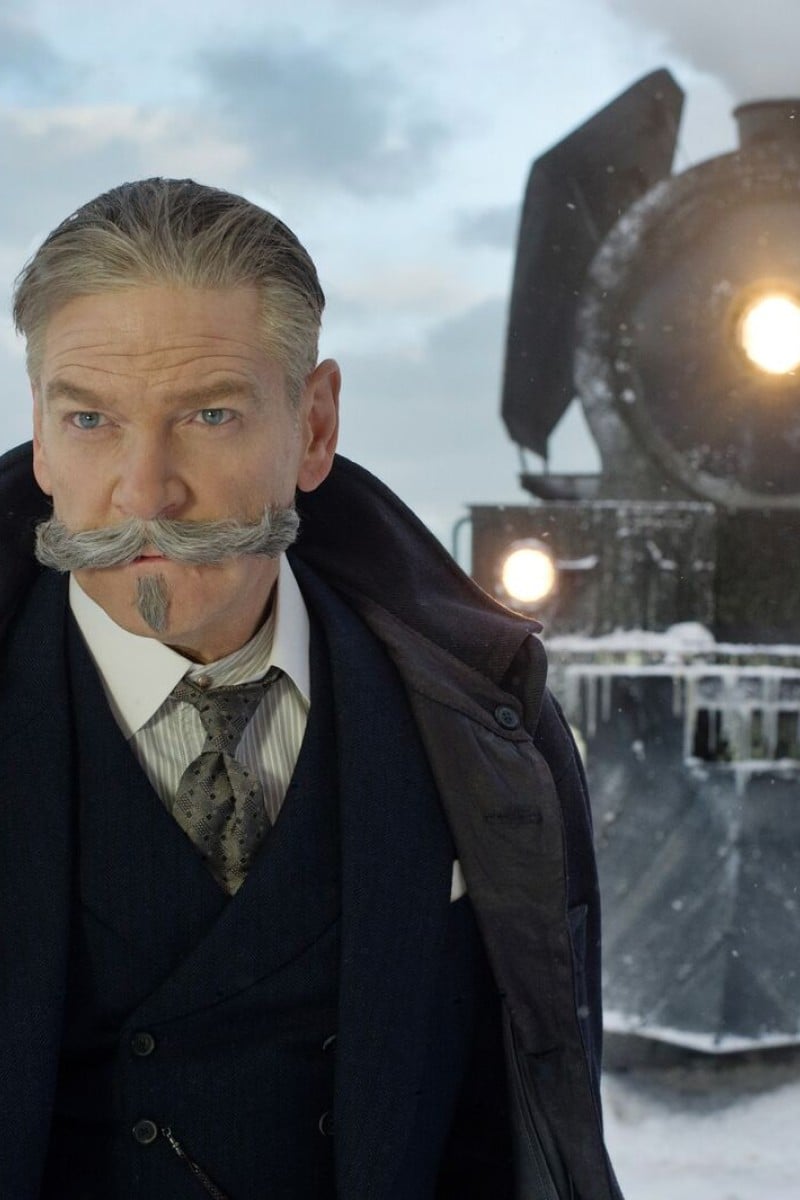
In star-studded 'Murder on the Orient Express', Kenneth Branagh proves self-indulgence is detrimental to a film's success [Review]
The director and star focuses more on Hercule Poirot's character, leaving actual murder in the background
 Poirot is famous for his moustache. But this is crazy!
Poirot is famous for his moustache. But this is crazy!Murder on the Orient Express is directed by and stars Kenneth Branagh as world-famous Belgian detective Hercule Poirot. When a fellow passenger is mysteriously killed on board the world’s most glamorous train, the Orient Express, Poirot must use all of his “little grey cells” to deduce which of the other passengers on the train is the culprit.
The film recreates the classic murder mystery as well as captures the luxurious lifestyles of the wealthy in the 1930s, but Branagh over-indulges in the opportunity to use the film as a character study of his protagonist Poirot. The result is an unevenly paced and melodramatic take on Agatha Christie’s novel in which melancholy, rather than intrigue, dominates the film.
The film starts at a frenetic pace as Poirot subdues an angry mob in Jerusalem. When he boards the Orient Express in Istanbul, the action then, rather than speeding up, slows down. Special attention is paid to setting the scene and depicting the luxury of the train and its passengers. The costume and set design are excellent and perfectly capture the opulence and cosmopolitanism of the inter-wars years. But, when the train is then halted for several days by a snowdrift, the film’s pace becomes glacial. The slow and melodramatic final act is so drawn out that 10 minutes could have easily been cut out of it.
Alongside Branagh is a stellar cast that includes Johnny Depp, Penelope Cruz, Judi Dench, Daisy Ridley and Josh Gad. While the film’s advertising would have audiences believe they have large roles in the film, they are all second fiddle to Branagh’s Poirot. In fact, the sadness and loneliness Branagh sees within Poirot echoes throughout the film - from the performances of the supporting cast to the understated score to the cold and icy landscape where the train is stuck. Branagh also makes visually interesting cinematographic choices that creatively use the confined space of the train carriage as well as CGI to depict the vastness of the mountain range.
Since its publication in 1934, Murder on the Orient Express has been adapted for film and television numerous times. It is therefore hardly a surprise that Branagh provides his own twist on the classic caper. However, by making the murder secondary to his investigation of Poirot’s character, Branagh loses a lot of the intrigue that made the book and previous adaptations so successful.